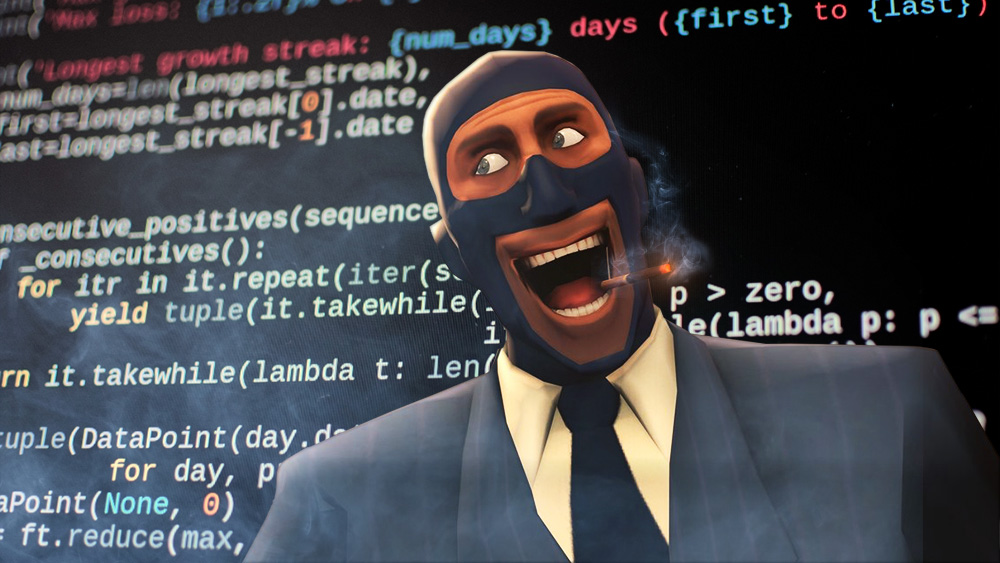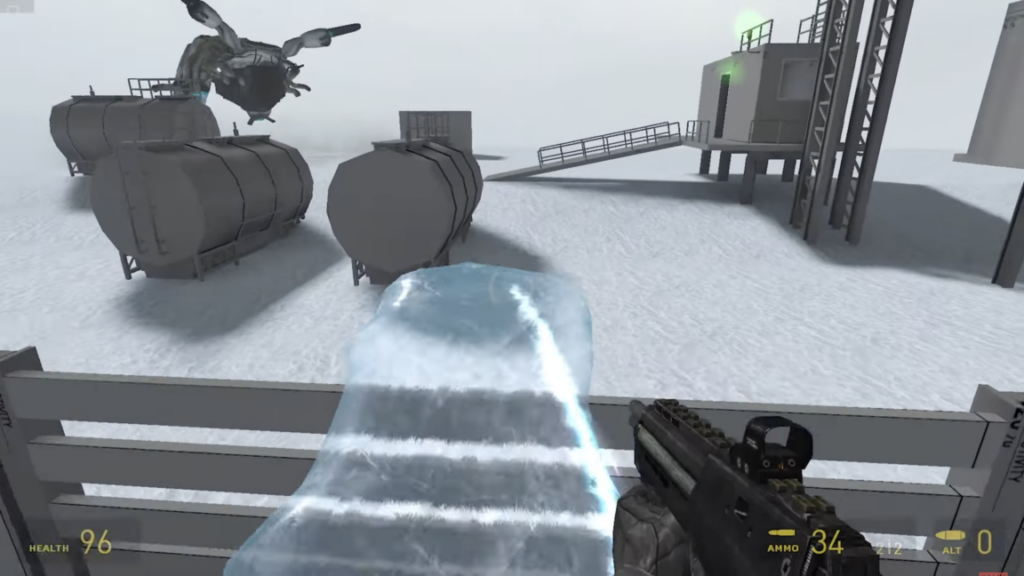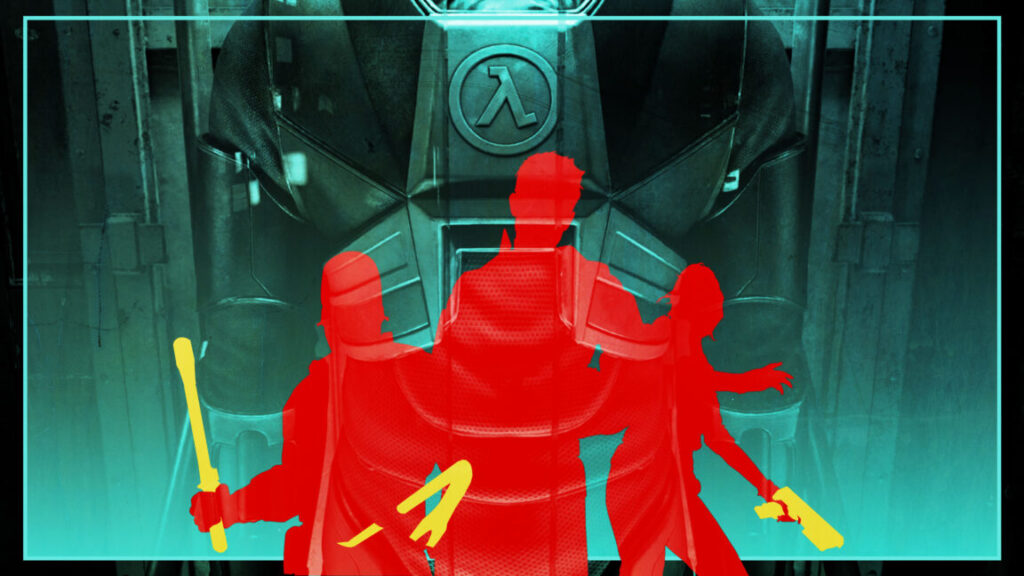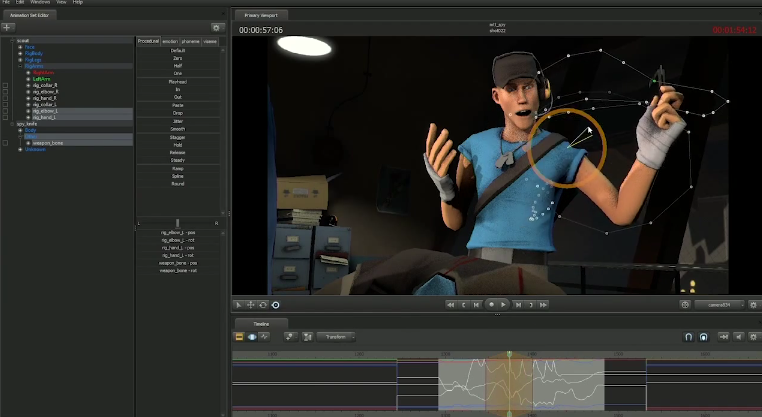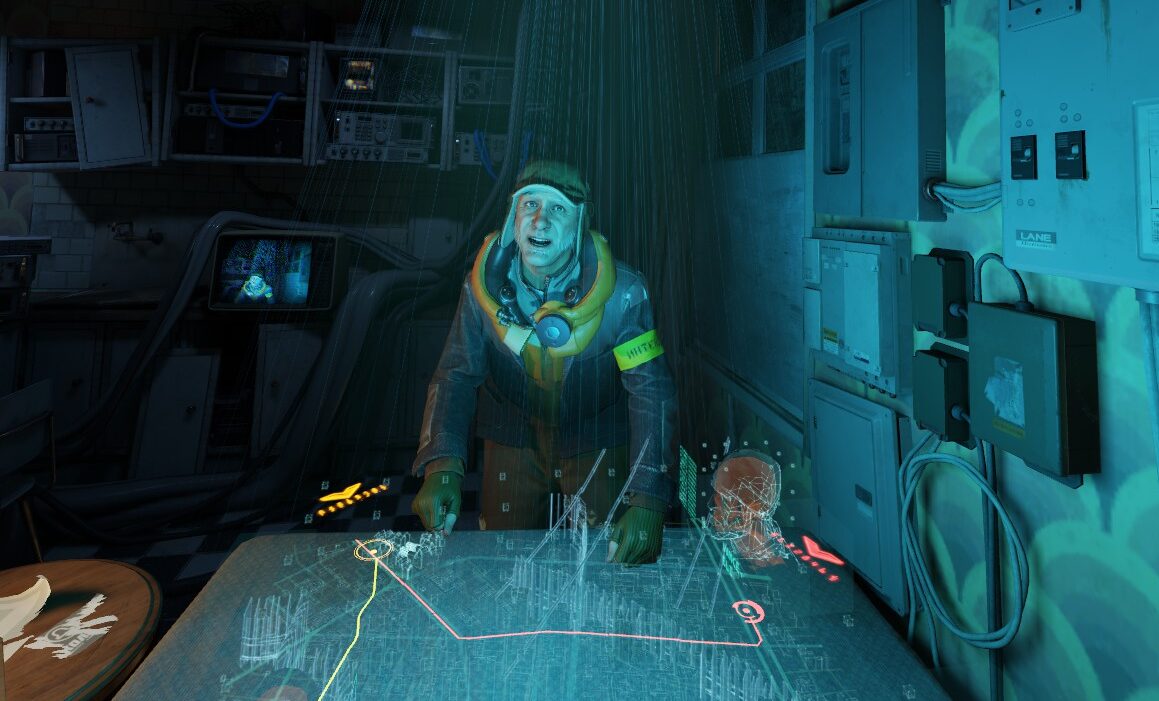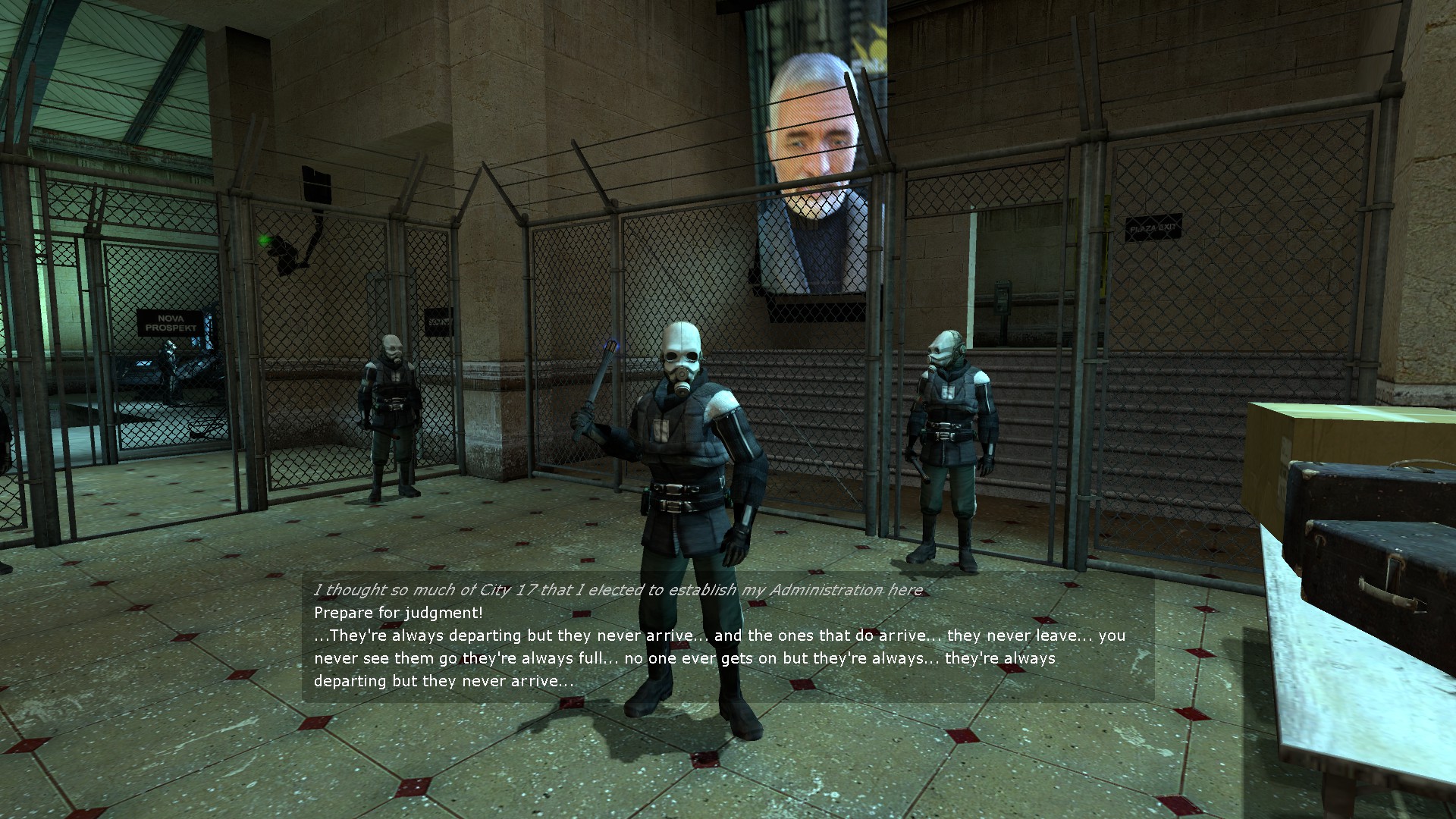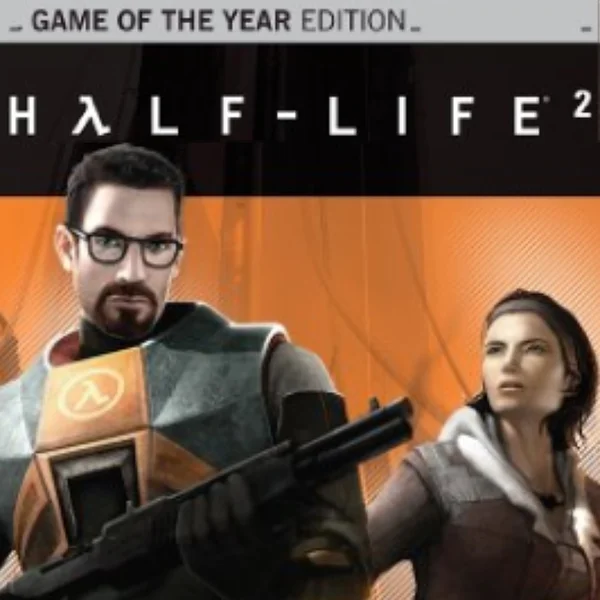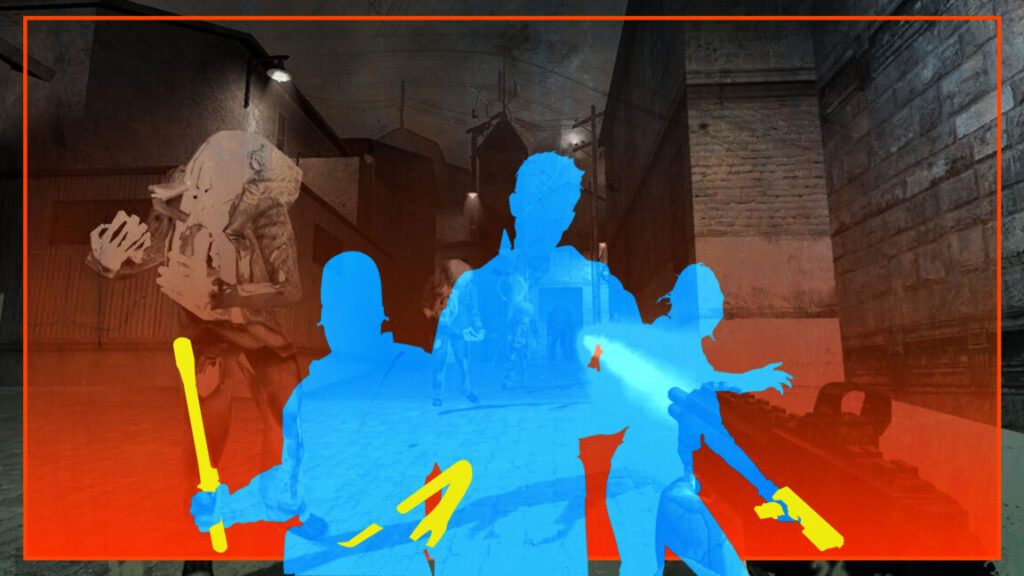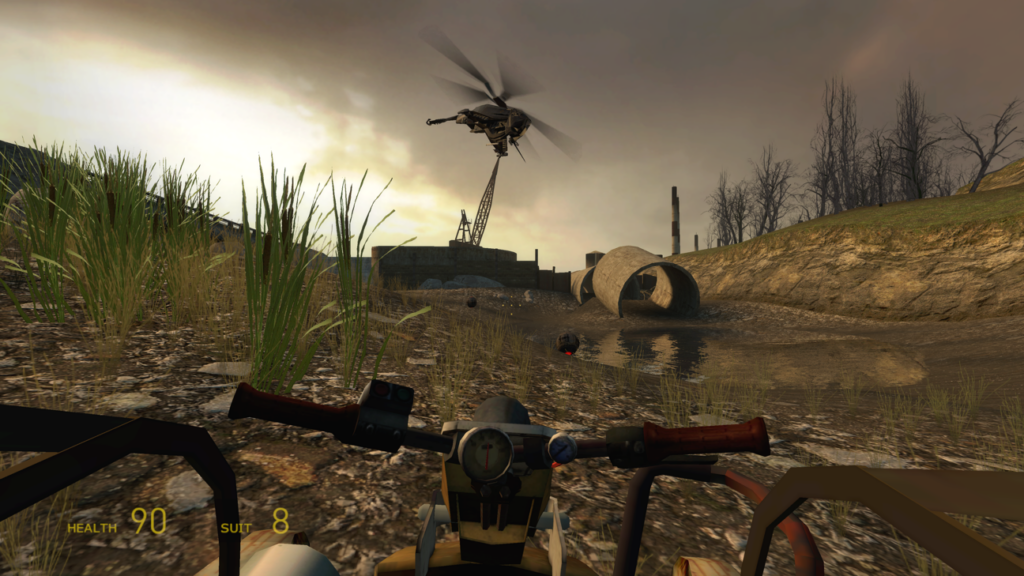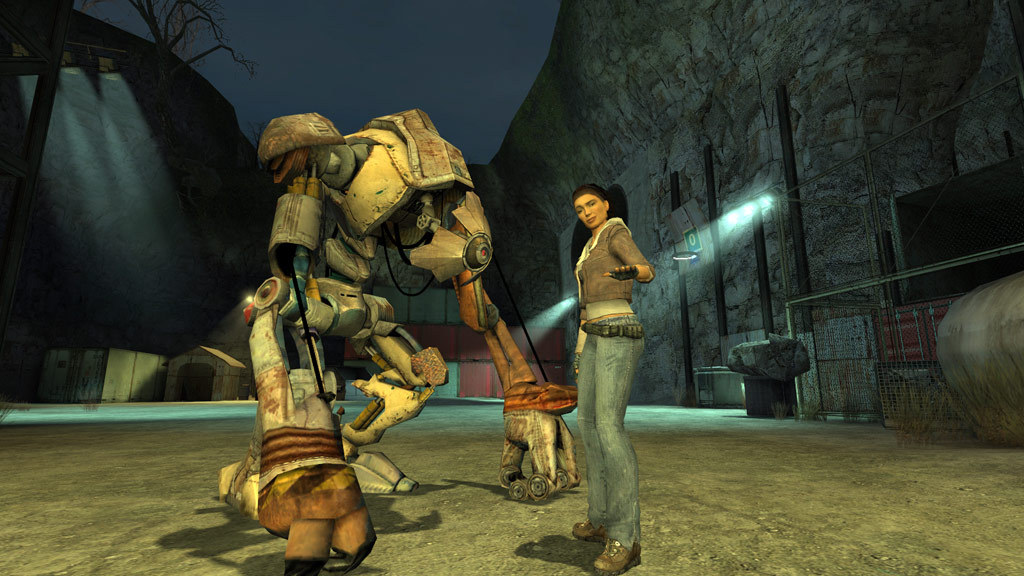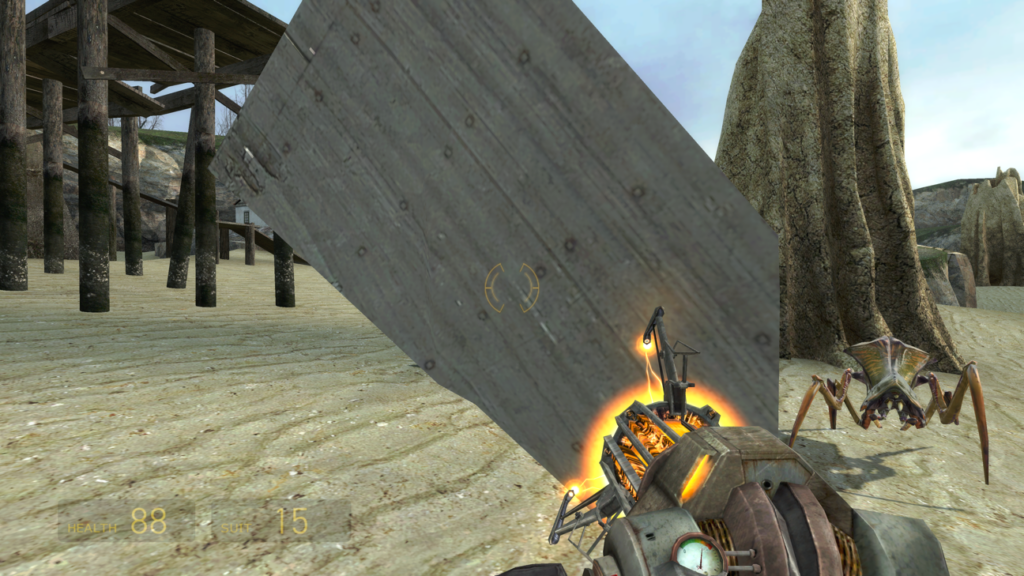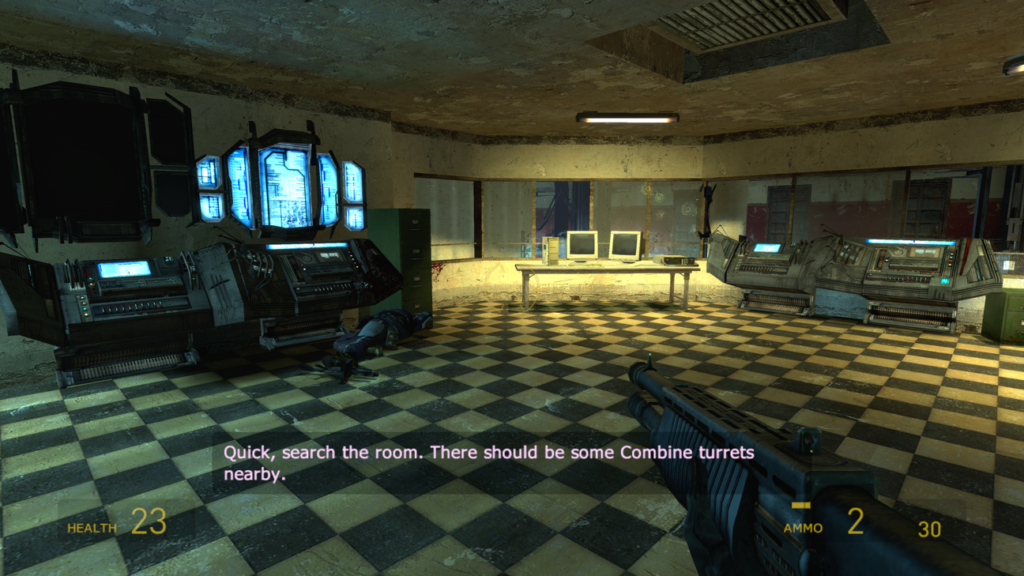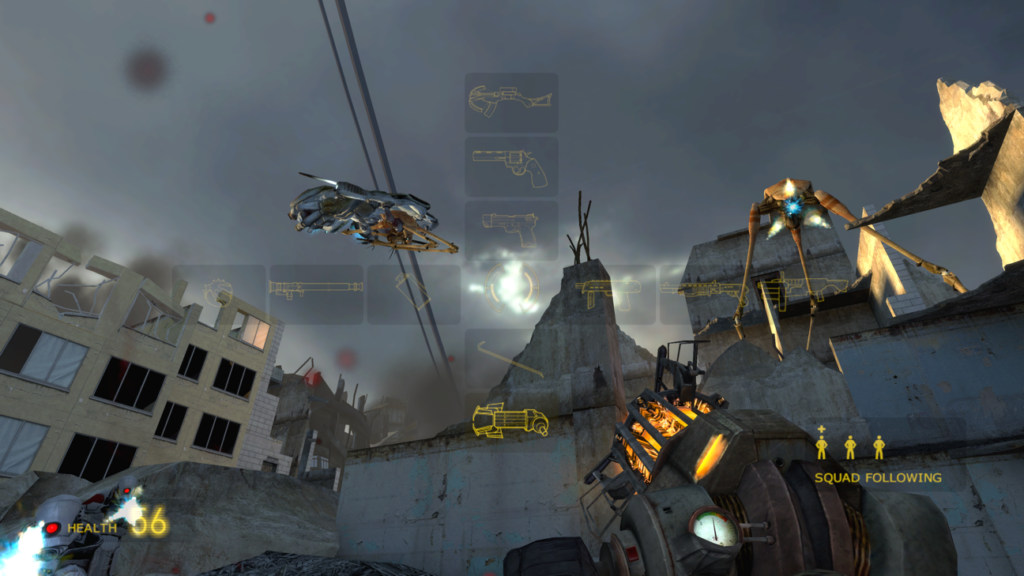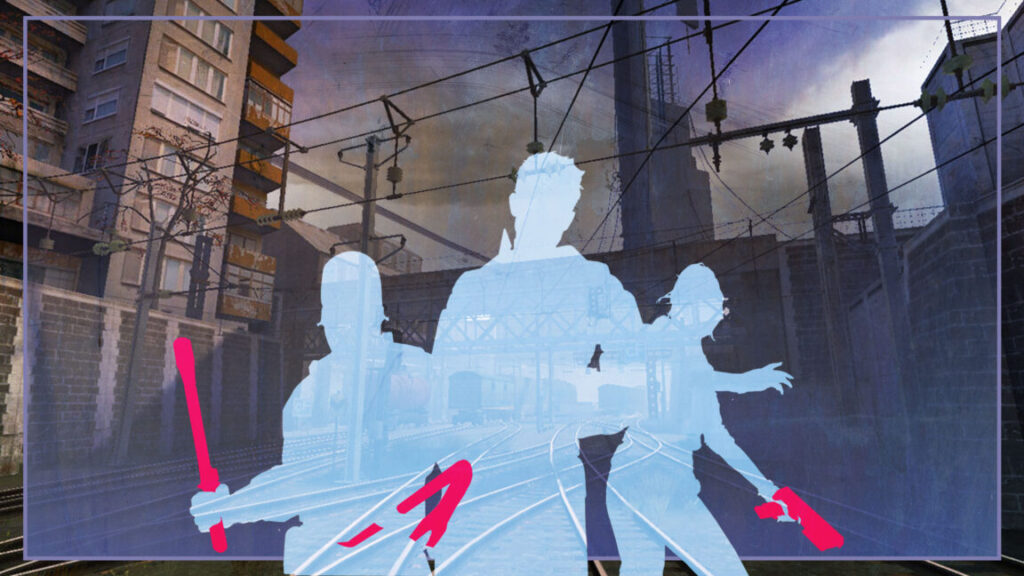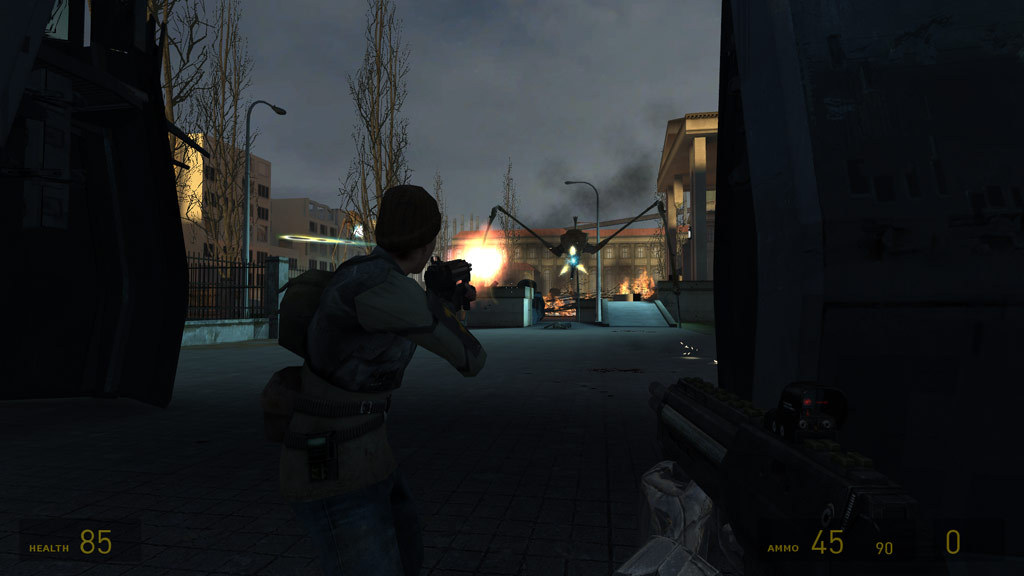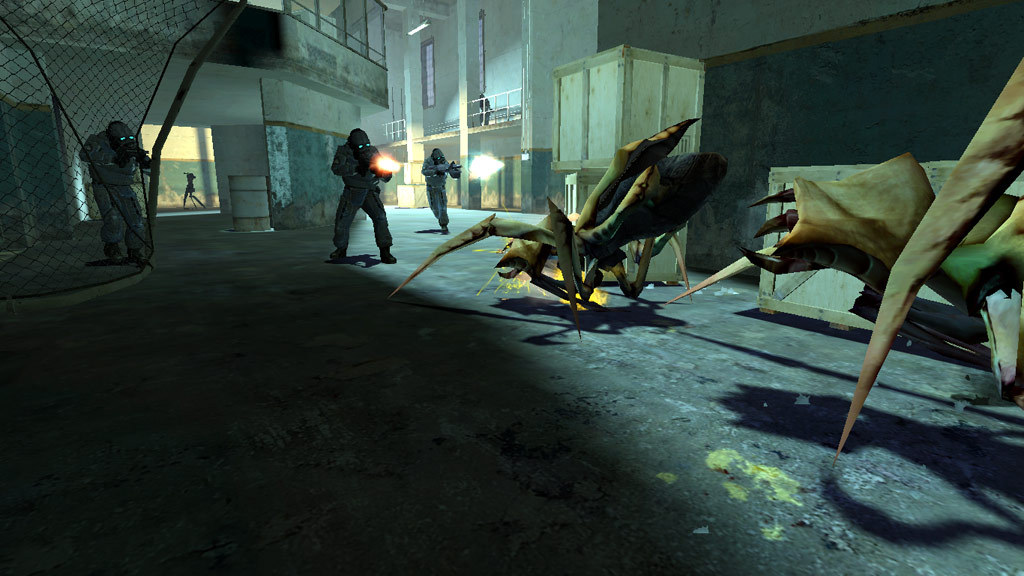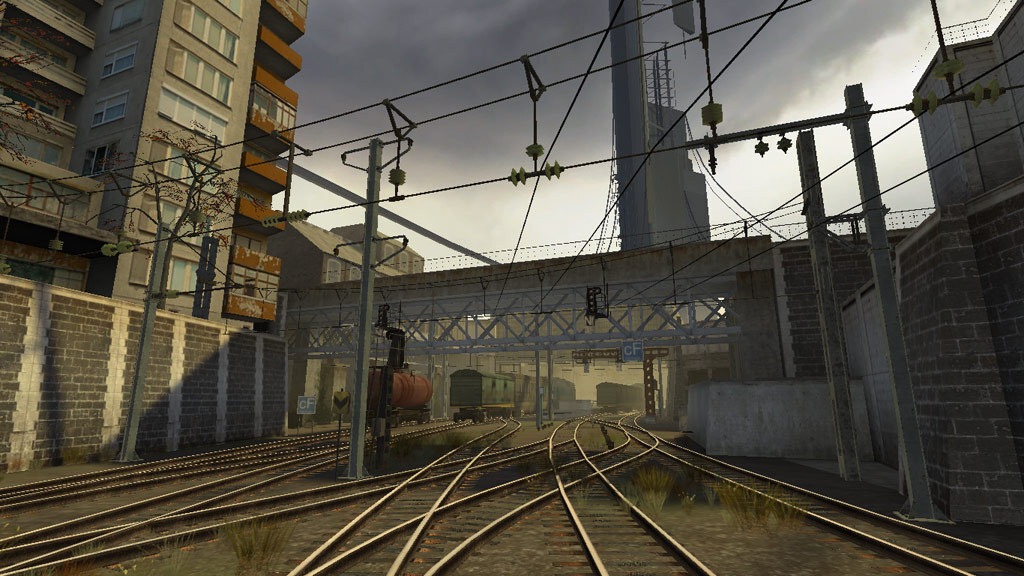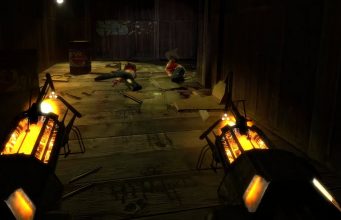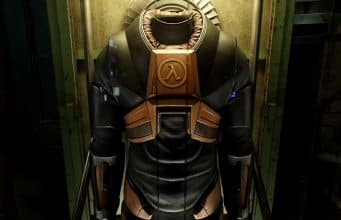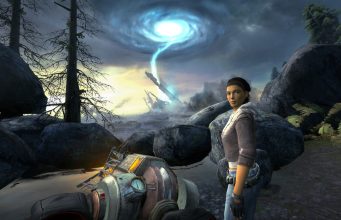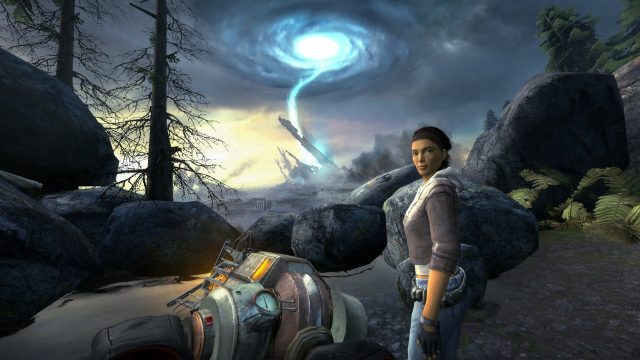Valve releases full Team Fortress 2 game code to encourage new, free versions
Valve’s updates to its classic games evoke Hemingway’s two kinds of going bankrupt: gradually, then suddenly. Nothing is heard, little is seen, and then, one day, Half-Life 2: Deathmatch, Day of Defeat, and other Source-engine-based games get a bevy of modern upgrades. Now, the entirety of Team Fortress 2 (TF2) client and server game code, a boon for modders and fixers, is also being released.
That source code allows for more ambitious projects than have been possible thus far, Valve wrote in a blog post. “Unlike the Steam Workshop or local content mods, this SDK gives mod makers the ability to change, extend, or rewrite TF2, making anything from small tweaks to complete conversions possible.” The SDK license restricts any resulting projects to “a non-commercial basis,” but they can be published on Steam’s store as their own entities.
Since it had the tools out, Valve also poked around the games based on that more open source engine and spiffed them up as well. Most games got 64-bit binary support, scalable HUD graphics, borderless window options, and the like. Many of these upgrades come from the big 25-year anniversary update made to Half-Life 2, which included “overbright lighting,” gamepad configurations, Steam networking support, and the like.
Valve releases full Team Fortress 2 game code to encourage new, free versions Read More »
